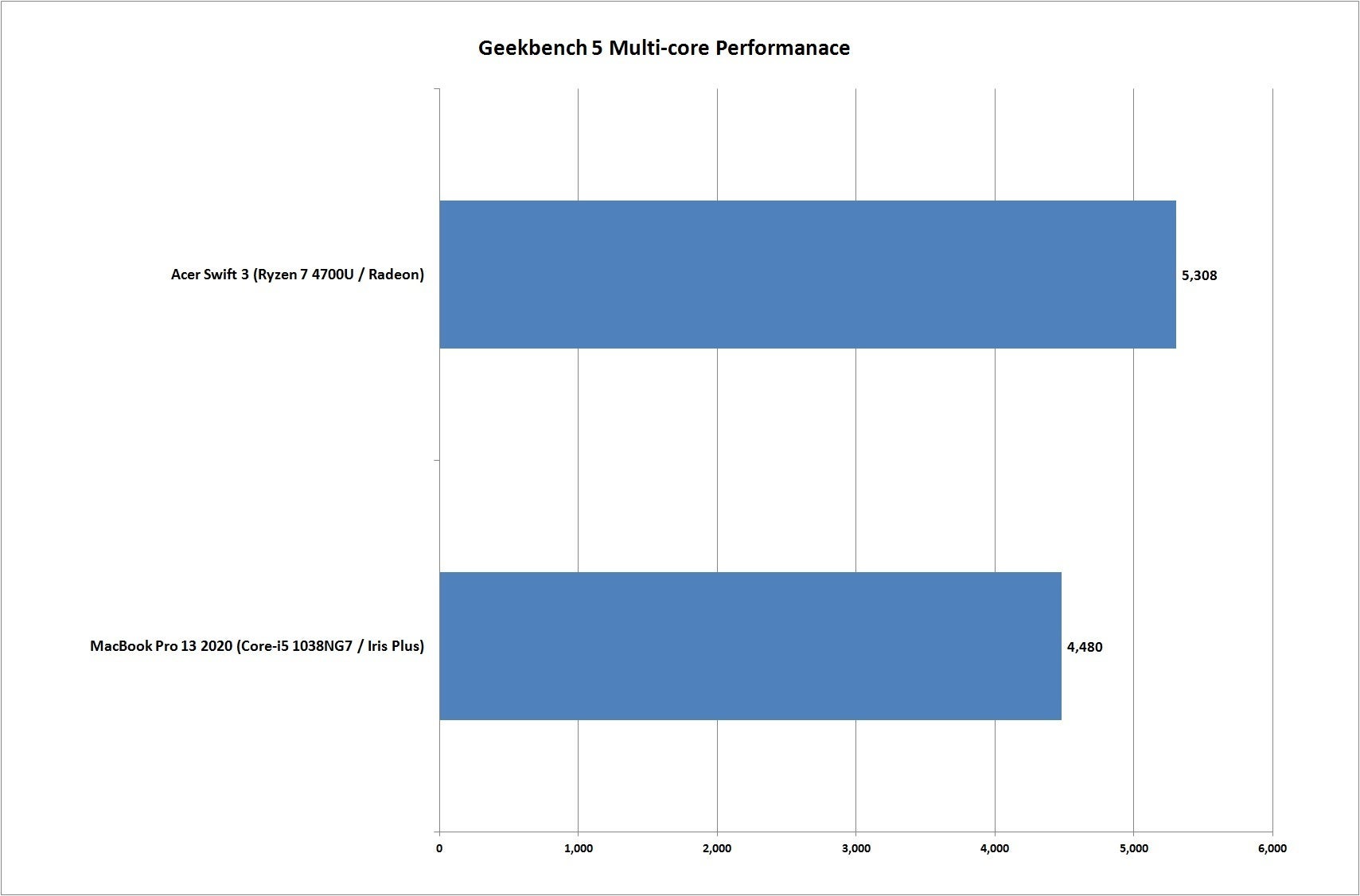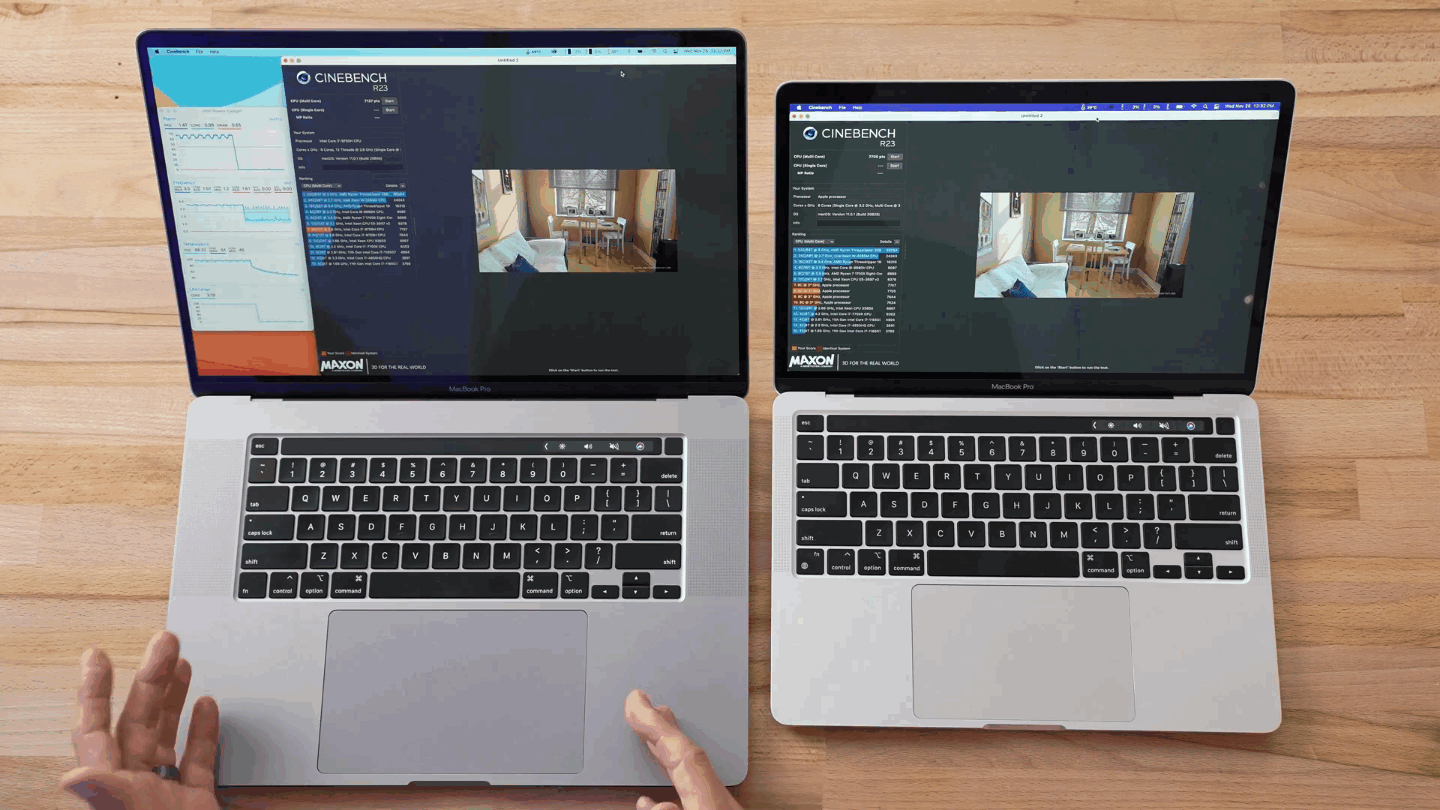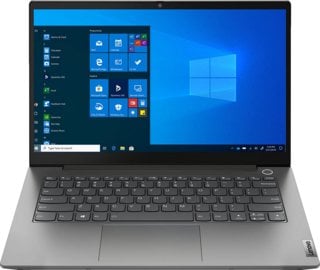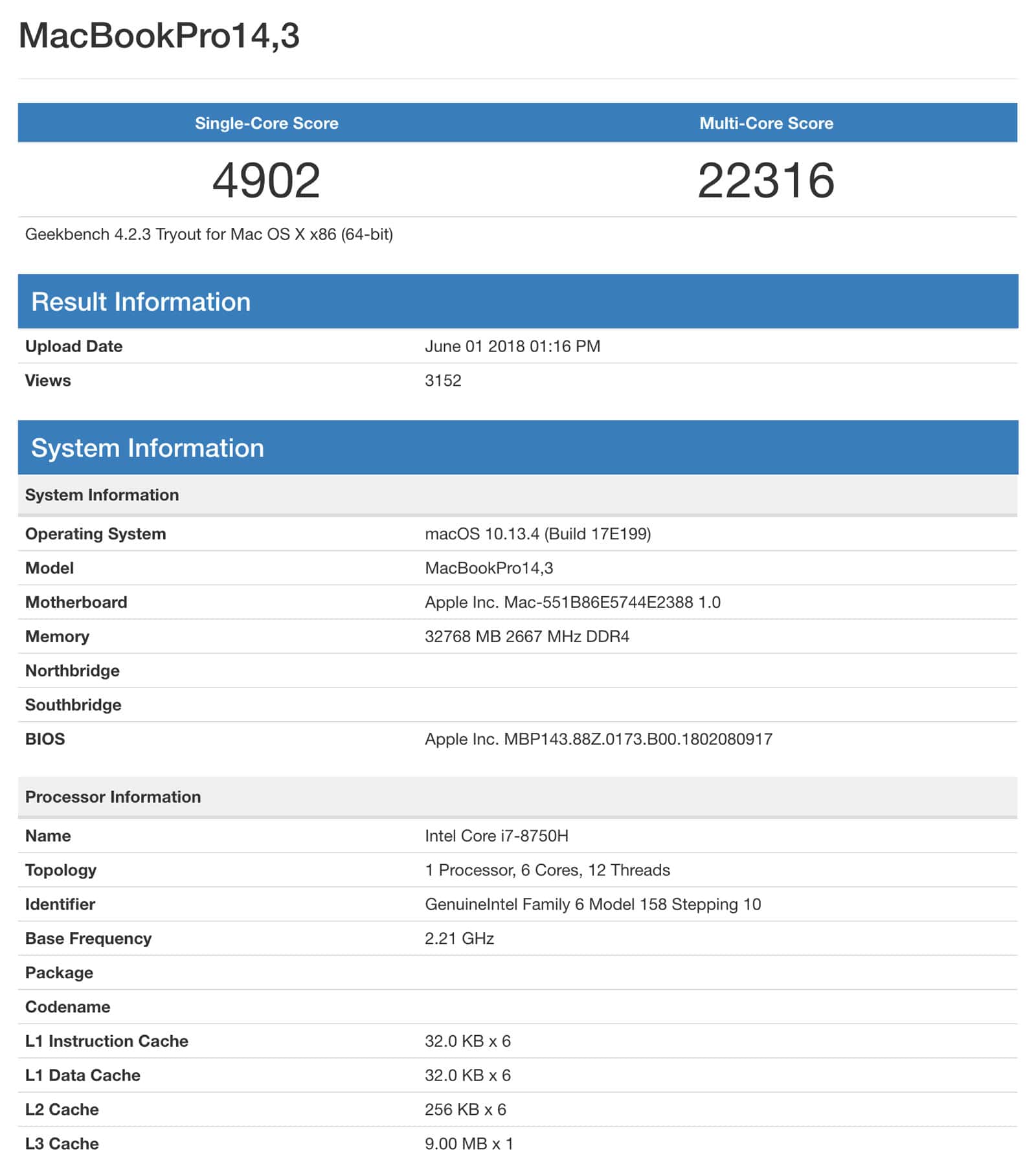

- #Macbook vs macbook pro geekbench how to#
- #Macbook vs macbook pro geekbench install#
- #Macbook vs macbook pro geekbench code#
- #Macbook vs macbook pro geekbench Pc#
Macs and PCs are fundamentally different. You can’t really compare laptops and desktop PCs, at least not their raw performance in the same price range. Maybe the story would be different on M1 Max with 32 GPU cores, but I can’t tell. We knew right from the start that M1 Pro doesn’t stand a chance, but it was a close call. Impressive results! Keep in mind that RTX is a dedicated GPU that consumes a lot of power, while the M1 Pro is a tiny laptop chip. There’s no point discussing the difference between models trained on non-augmented datasets - it’s huge.īut if we take into account data augmentation, then M1 Pro is only 13% slower than RTX3060Ti. Image 6 - Transfer learning model results in seconds (M1 Pro: 161.4 M1 Pro augmented: 162.4 RTX3060Ti: 39.4 RTX306Ti augmented: 143) (image by author) For some reason, augmentation takes a huge toll on the custom PC, so M1 Pro ends up running 7 seconds faster per epoch on the augmented dataset.īut who writes CNN models from scratch these days? Transfer learning is always recommended if you have limited data and your images aren’t highly specialized: RTX3060Ti is 3,14X faster than M1 Pro on the non-augmented image dataset. Image 5 - Custom model results in seconds (M1 Pro: 71 M1 Pro augmented: 127.Ti: 22.6 RTX3060Ti augmented: 134.6) (image by author) Keep in mind that two models were trained, one with and one without data augmentation:
#Macbook vs macbook pro geekbench Pc#
We’ll now compare the average training time per epoch for both M1 Pro and PC on the custom model architecture. RTX3060Ti - Data Science Benchmark Results

Print( f 'Duration: ')įinally, let’s see the results of the benchmarks.

Conv2D(filters = 32, kernel_size =( 3, 3), activation = 'relu'), MaxPool2D(pool_size =( 2, 2), padding = 'same'), # USED ON A TEST WITH DATA AUGMENTATION train_datagen = tf. Data loading # USED ON A TEST WITHOUT DATA AUGMENTATION train_datagen = tf. Use only a single pair of train_datagen and valid_datagen at a time: I’ve split this test into two parts - a model with and without data augmentation.
#Macbook vs macbook pro geekbench code#
Let’s go over the code used in the tests.
#Macbook vs macbook pro geekbench how to#
Refer to the following article for detailed instructions on how to organize and preprocess it: Long story short, you can use it for free. Cats dataset from Kaggle, which is licensed under the Creative Commons License.
#Macbook vs macbook pro geekbench install#

Image 3 - Geekbench multi-core performance test (image by author) M1 Pro has 10 CPU cores (8 performance and 2 efficiency), while Ryzen has 6 cores and 12 threads: Let’s compare the multi-core performance next. M1 Pro is around 7% faster, which is amazing if you consider size, power, and thermal differences between the two. Image 2 - Geekbench single-core performance (image by author) Let’s first see how Apple Pro M1 Pro compares to AMD Ryzen 5 5600X in a single-core department: Synthetical benchmarks can only get us so far, but they’re a good place to start.


 0 kommentar(er)
0 kommentar(er)
